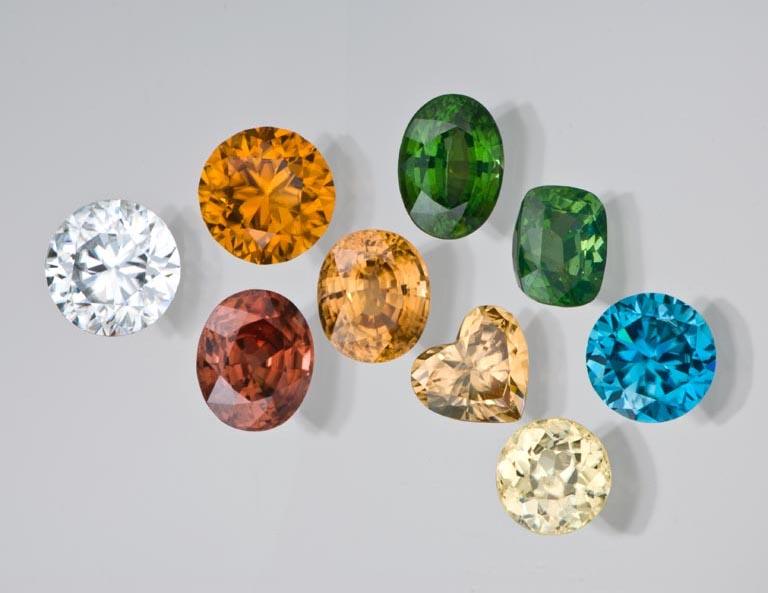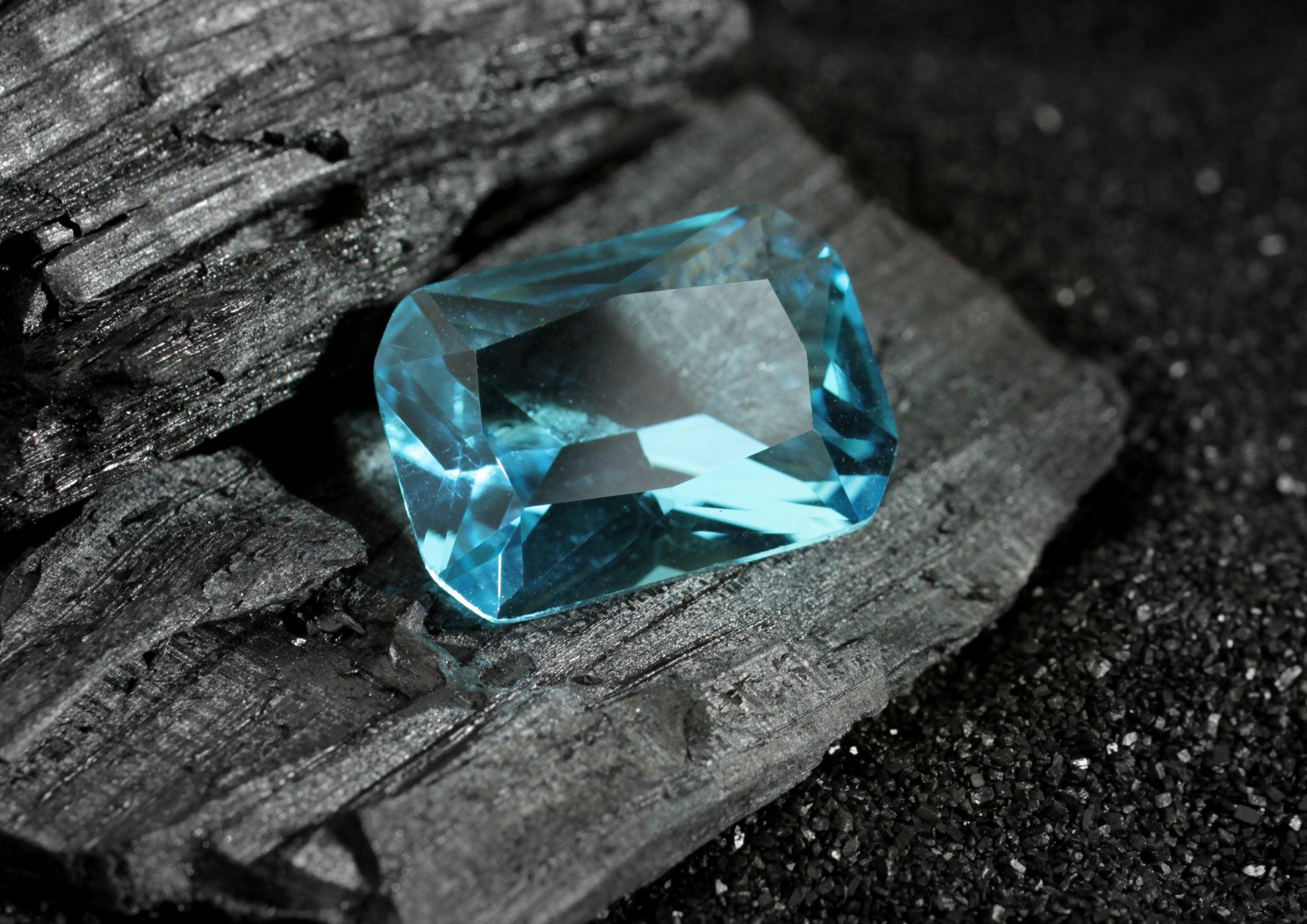
Apatite: Discover its Colors, Chemistry and Special Connotations
Apatite is a gemstone that catches the eye with its vivid, mesmerizing colors, its fascinating transparency and its unique properties. What sets apatite apart from other gemstones is its impressive range of colors, which include blue, green, yellow, purple, pink and brown, as well as its remarkable hardness, transparency and luster. Apatite is a gemstone that can take on many forms and offer countless possibilities for creative and original jewelry designs.
The beauty of apatite is undeniable. Its colors evoke images of tropical seas, lush forests, vibrant flowers and sparkling jewels. Apatite can be transparent, translucent or opaque, and its colors can vary in intensity, saturation and hue. Blue apatite, in particular, is highly prized for its vivid, electric hue, which can rival that of the finest sapphires. Other colors, such as green apatite and yellow apatite, have a soothing and uplifting effect, while pink apatite and purple apatite are associated with love, creativity and spirituality. Apatite also has a unique quality of fluorescence, which makes it glow under UV light, adding to its allure and mystique.
But the beauty of apatite is not just skin deep. This gemstone has a fascinating scientific story to tell, which sheds light on the complex processes that shape the Earth’s crust and mantle. Apatite is formed in a variety of geological environments, including igneous, sedimentary and metamorphic rocks, and in many parts of the world, including Brazil, Mexico, Russia, Madagascar, Canada and the United States. The chemical composition of apatite is complex and varies depending on the location and the type of rock it’s found in. Apatite is primarily composed of calcium phosphate, but it also contains fluorine, chlorine, hydroxyl, carbonate, sulfate and other elements.
The physical structure of apatite is equally intriguing. It belongs to the hexagonal crystal system, which gives it a distinctive six-sided prism shape. Apatite also has a hardness of 5 on the Mohs scale, which makes it durable enough for everyday wear, but also soft enough to be cut and polished into various shapes and styles.
The discovery of apatite dates back to the early 19th century, when it was first identified as a distinct mineral species. The name “apatite” comes from the Greek word “apate,” which means deception, because of its often-mistaken identity with other minerals. Apatite was first discovered in the Kola Peninsula of Russia, but it has since been found in many other places around the world. Today, apatite is used in many industrial and scientific applications, such as fertilizers, ceramics, toothpaste and as a source of rare Earth elements.
As with many gemstones, apatite can be treated to enhance its color or clarity. Heat treatment, irradiation and diffusion are common methods used to improve the appearance of apatite. However, it’s important to note that treated apatite should be disclosed as such, and buyers should be aware of the potential impact on the gemstone’s value and durability.
Apatite is also steeped in symbolic and mythological meanings, which add to its cultural and spiritual significance. In ancient Egypt, apatite was associated with the goddess Hathor and was believed to have healing properties. In Greece and Rome, apatite was used for jewelry and amulets, and was believed to bring good luck and prosperity. In Hinduism, apatite is associated with the throat chakra and is believed to promote communication and self-expression. In modern times, apatite is often used as a stone of inspiration, creativity and manifestation, and is said to enhance mental clarity, focus and intuition.
There are several notable apatite stones and jewelry pieces that have gained fame and recognition. One of the most famous is the stunning blue apatite necklace worn by Kate Middleton, the Duchess of Cambridge, which features a teardrop-shaped pendant surrounded by diamonds. Another famous apatite specimen is the blue-green Paraiba apatite, which is prized for its intense color and rarity.
Apatite is typically cut into faceted shapes, such as ovals, rounds, cushions and emeralds, as well as cabochons and beads. The typical carat weight of apatite ranges from a few tenths of a carat to several carats, with larger stones being rarer and more valuable. The price per carat of apatite varies depending on the color, clarity, size and origin of the stone, but can range from a few dollars to several hundred dollars per carat.
Today, apatite and apatite jewelry can be found in many jewelry stores, both online and offline. Its unique beauty, versatility and affordability make it an excellent choice for those seeking an alternative to more traditional gemstones, or for those who simply appreciate its stunning colors and properties.
In conclusion, apatite is a gemstone of incredible beauty, scientific fascination and symbolic meaning. Its vivid colors, unique properties and fascinating history make it a gemstone that’s both rare and timeless. Whether used in jewelry or appreciated as a specimen, apatite is a gemstone that has captivated the hearts and minds of gemstone lovers for centuries, and will continue to do so for many more to come.
Photo of apatite courtesy of the International Gem Society


